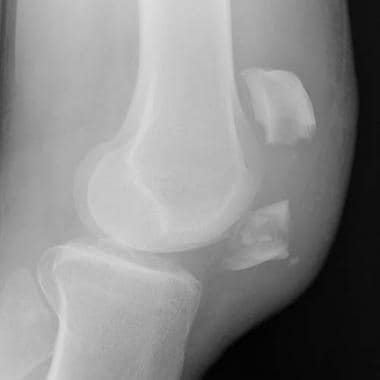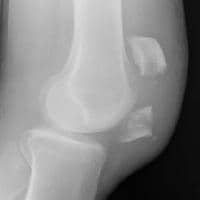

Bony facial symmetry and palpable step off's in the nasal dorsum, inferior orbital rims, zygomaticofrontal suture area and zygomatic arch.ĥ. Carefully inspect the dentition, remove any dental fragments from the mouth.Ĥ. Occlusion, look for anterior open bite and midfacial mobility.ģ. Head and neck trauma exam with special attention to:Ģ.

If the force is directed slightly downward a LeFort III fracture more frequently results (33). Forces directed at the midface from straight on tend to cause LeFort I and II fractures. These injuries may also be produced by striking the face with a rigid object (tire iron, baseball bat). LeFort fractures most frequently result from high-speed deceleration crashes in which the midface or maxilla strike a stationary object (dashboard, pavement). LeFort fractures transversely disrupt the important nasomaxillary and zygomaticomaxillary bony facial buttresses in essentially all cases. If more than one LeFort fracture exists the fractures are named from the highest downward, i.e. It is recognized that many fractures depart from the defined classic fracture descriptions. Within the posterior orbit LeFort III fractures may pass through the inferior or superior orbital fissure and in rare situations through the optic canal. The fracture is a transverse separation of the nasofrontal suture, medial orbital wall, lateral orbital wall or zygomaticofrontal suture, zygomatic arch and pterygoid plates.

This is the highest level LeFort fracture and essentially separates the maxilla from the skull base. LeFort III fractures result in craniofacial disjunction.

LeFort II fractures transect the nasal bones, medial-anterior orbital walls, orbital floor, inferior orbital rims and finally transversely fracture the posterior maxilla and pterygoid plates. Le Fort I level fractures are essentially a separation of the hard palate from the upper maxilla due to a transverse fracture running through the maxilla and pterygoid plates at a level just above the floor of the nose. Licensed under Creative Commons Attribution-Share Alike 3.0 via Wikimedia Commons. Rene' LeFort described three transverse weak lines through the midfacial skeleton as a result of his cadaver studies in 1901. The term LeFort fractures is applied to transverse fractures of the midface. Gerry Funk LeFort Fractures Anatomy and Mechanism of Injury See also: Facial Fracture Management Handbook - Applied Anatomy Facial Fracture Management Handbook - Brief History Facial Fracture Management Handbook - Frontal sinus fractures Facial Fracture Management Handbook - Head and neck trauma exam Facial Fracture Management Handbook - Lateral orbital wall fractures Facial Fracture Management Handbook - Malar complex fractures Facial Fracture Management Handbook - Mandible fractures Facial Fracture Management Handbook - Nasoethmoid fractures Facial Fracture Management Handbook - Orbital blowout fractures Facial Fracture Management Handbook - Pathophysiologic considerationsīy Dr. Return to: Facial Fracture Management Handbook


 0 kommentar(er)
0 kommentar(er)
